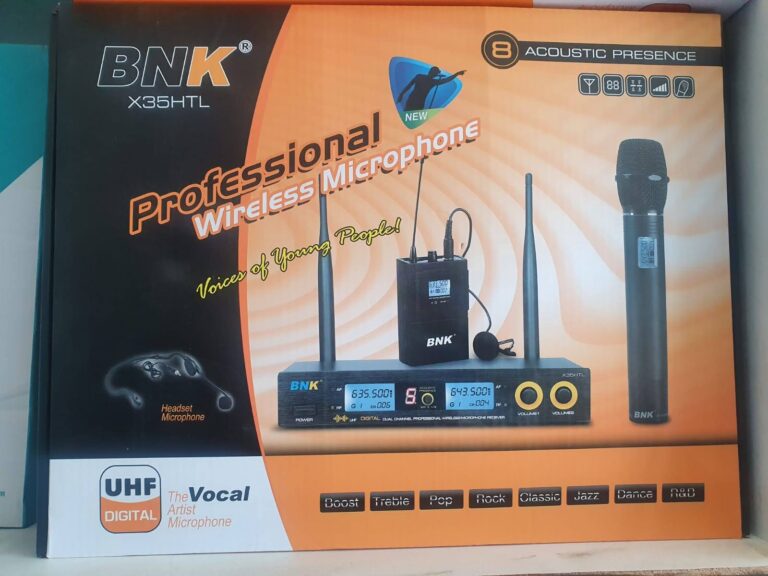Best Drumset Microphones: A Comprehensive Guide
Key Facts
To capture a drum kit's full impact, use a combination of microphones: dynamic mics for kick and snare, condensers for overheads, and consider a 7-10 mic setup for clarity.
Capturing the full impact of a drum kit demands the right combination of microphones. In both studio and live environments, a well-designed drum mic setup ensures every beat, cymbal crash, and snare hit is reproduced with clarity and power.
Drawing on my over seven years of experience in professional audio, this guide reviews some of the best drumset microphones—including standout models from Shure and Samson—and answers common questions about recording drums.
Essential Microphone Types for Drum Recording
A complete drum recording setup typically includes several types of microphones, each serving a unique purpose:
- Kick Drum Mic: Usually a dynamic mic designed to handle low frequencies (e.g., Shure Beta 52A or AKG D112).
- Snare Drum Mic: A dynamic microphone with a fast transient response; the classic choice is the Shure SM57.
- Tom Mics: Dynamic mics that capture the tone and attack of Tom’s.
- Overhead/Room Mics: Condenser microphones (or high-quality dynamics) that capture cymbals and the ambient sound of the kit; models like the Samson C02 or Shure SM81 are excellent examples.
- Hi-Hat or Auxiliary Mics: Optional, but useful for isolating specific elements in larger setups.
How Many Mics Does a Drum Kit Need?
The number of mics used for a drum kit depends on the desired sound and the room environment. A standard professional setup often uses between 7 to 10 microphones:
- 7-Mic Setup: Kick, snare, two toms, a pair of overheads, and an optional room mic.
- Expanded Setups: May include additional mics for hi-hats, extra toms, or dedicated ambient capture.
What Kind of Mic Is Used for a Snare Drum?
For snare drums, the Shure SM57 is the industry standard. Its dynamic design and ability to capture the snare’s crisp attack and body make it ideal for both live and studio applications. Its durability and rejection of unwanted noise further enhance its reputation as the go-to snare mic.
Best Settings for Drum Mics
Achieving a balanced drum sound involves careful placement and configuration:
- Close-Miking: Place individual mics (kick, snare, toms) close to each drum to capture detail.
- Overhead Pair: Use a stereo pair in XY or spaced pair configuration to capture cymbals and overall kit ambience.
- Room Mics: Consider adding one or two room mics to capture the natural acoustics of the performance space.
- Equalization & Compression: Adjust EQ to reduce muddiness (often around 200-500 Hz) and enhance attack (around 3-6 kHz), and apply compression to control dynamics without sacrificing natural sound.
Trial and error, along with listening in the room’s acoustic environment, are key to finding the optimal settings.

Recommended Drumset Microphones
Below is a table summarizing some of the best drumset microphone options, including selections from Shure and Samson:
| Microphone Model | Type | Best Used For | Notable Features |
|---|---|---|---|
| Shure SM57 | Dynamic | Snare drum, toms | Industry standard; rugged; excellent transient response |
| Shure Beta 57A | Dynamic | Snare drum, live vocals | Higher gain; precise vocal reproduction |
| Samson C02 | Condenser | Overhead, room miking | Wide frequency response; detailed sound capture |
| Shure SM81 | Condenser | Overhead, cymbals | Flat frequency response; clear, natural reproduction |
| AKG D112 | Dynamic | Kick drum | Tailored for low frequencies; robust design |
Real-World Experience
In my career as an audio engineer, I’ve seen how a carefully chosen microphone setup can transform a drum recording. For example, using the Shure SM57 on the snare drum consistently delivers crisp, punchy sound—even under high-volume conditions.
Pairing this with high-quality overheads like the Samson C02 captures the full ambience of the kit, creating a balanced mix that works well both in the studio and live performances.
When setting up a drum kit, I often start with a 7-mic configuration and then adjust based on the room acoustics and the musical style. In venues with challenging acoustics, adding a room mic can provide that extra layer of natural reverb, giving the recording a fuller, more engaging feel.
Final Thoughts
Selecting the best drumset microphones involves understanding the unique role each mic plays in capturing the drum kit’s full spectrum.
From the industry-standard Shure SM57 for snare to the detailed overheads from Samson and Shure, the right combination can make all the difference.
By using a strategic mic setup—typically between 7 to 10 mics—and fine-tuning placement and settings, you can achieve a clear, dynamic drum sound that meets the demands of both studio and live environments.
Invest in quality microphones, experiment with placement, and let your drum recordings resonate with clarity and power.
Whether you’re upgrading your current setup or building a new one from scratch, these recommendations provide a solid foundation for capturing the true essence of your drum kit.







